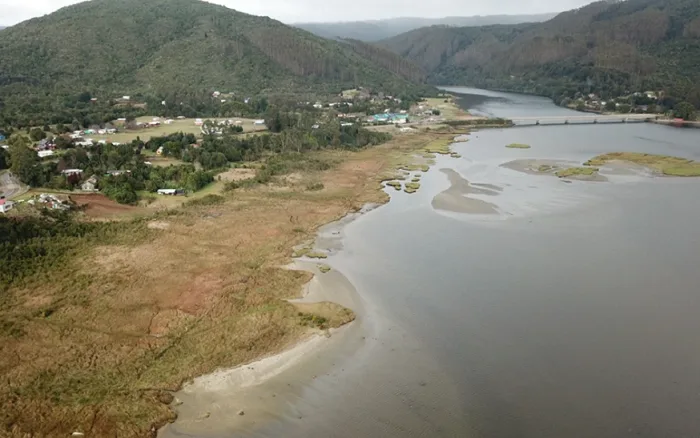
How a 300-year-old event just drastically changed tsunami recurrence predictions
The new findings suggest tsunamis are more frequent along the Chilean coast than previously thought.
Scientists use historical data to predict when a tsunami may occur. In southern Chile, this was thought to happen every 270-280 years - but it turns out that forecast may be inaccurate.
In a new paper, researchers from Northumbria University detail a large earthquake and "substantial" tsunami that likely occurred off the coast of south-central Chile in 1737. While there is historical data of the earthquake, there is no mention of the tsunami, which means it wasn't factored into past predictions.
Taking into account the new information, the authors say the tsunami recurrence interval has been reduced from 280 years to 130 years - provided there aren't any other undocumented tsunamis yet to be discovered.
The study's authors argue historical data, while necessary, may not paint a full picture of what has happened in a given area. Instead, experts should rely on a combination of historical and geological evidence.
Researchers analyzed sediment in the tidal marshes at Chaihuín, near Valdivia, close to where the 1737 quake occurred, to form their conclusion.
"Analysis of 130 sediment cores revealed evidence of widespread sandy layers, dating to the same time as the earthquake, that closely resemble deposits made by tsunami waves in other areas," the authors say.
"The researchers also found a mixture of marine and freshwater algae species and evidence of land subsidence, meaning they were able to rule out storms, river flooding or a distantly generated tsunami as the cause of the sand deposits."
Lead researcher Dr. Emma Hocking said societal uprisings may be why the 1737 tsunami went undocumented.
"There are records of an earthquake in the area in 1737, but there is nothing in these records to indicate it generated a tsunami. However, we have found evidence to suggest that the earthquake did cause a tsunami," Dr. Hocking said.
"The implication of this is that tsunamis have occurred more often than we previously believed, and we therefore suggest that the use of historic records alone may give miscalculations. Geological evidence is essential for verifying and supplementing historical records to obtain robust long-term patterns to inform seismic and tsunami hazard assessment."
The full paper was published earlier this month in the Nature journal Communications and Earth Environment.
Thumbnail image: Drone images, Hocking et. al










